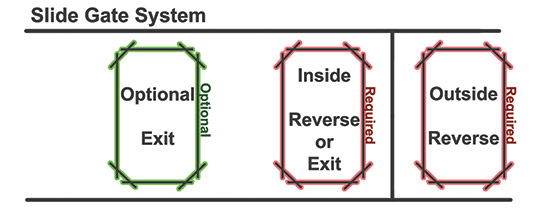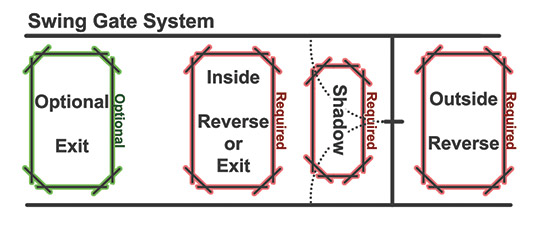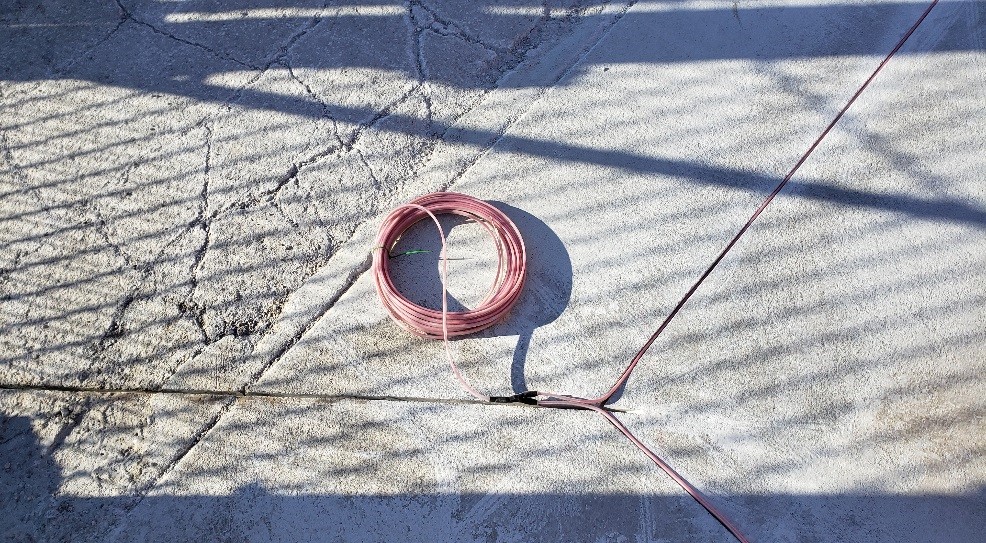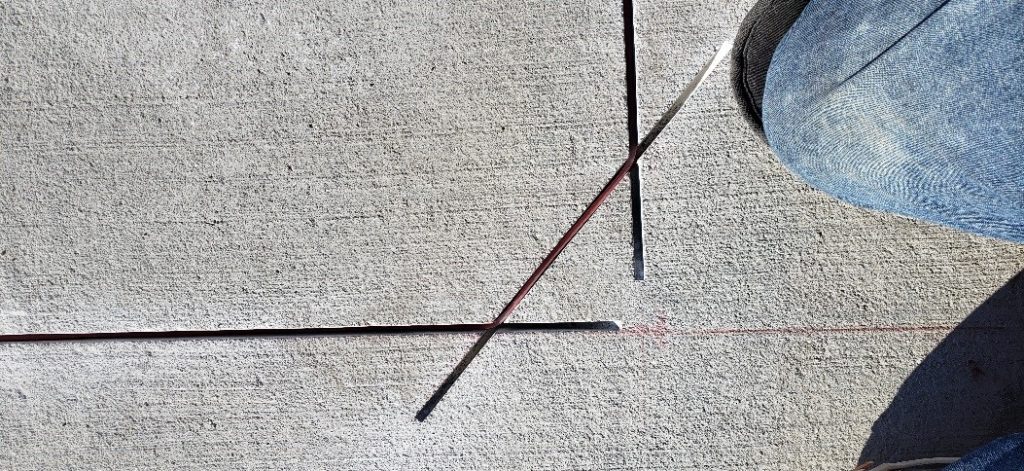Understanding Exit Loops for Gates
While you’re figuring out how you would like your automatic gate to function, it can be difficult to figure out how you would like to exit through your gate. Some may go with a gate transmitter which works similarly to a garage door opener, or they may choose vehicular probe that can be buried in or near your drive that will sense when a metal moving object is near and open the gate automatically. Another popular option is a pave over loop, saw cut loop or exit loop for your gate.
What do gate loops do?
Before you decide between different types of loops, first you need to understand what a loop is. A loop system consists of an outside and inside reverse loop. Swing gates also require a shadow loop to ensure no metal objects are in the path of the gate leaves when the gate is opening. You can also have an optional exit loop if you would like the gate to be all the way open by the time your car gets to the gate.


A reverse loop is similar to a shadow loop but in most cases will reverse the gate if it is closing and another large metal object is on top of or passing over it.
Then there is an exit loop which is for exactly what you think: exiting. This loop is placed further back, away from the gate if you would like the gate to be all the way open by the time.
Choosing a pave over or a saw cut loop
Pave over loop
A pave over loop is just that, a looped that is installed under the concrete or asphalt of the road or driveway. A pave over loop can be attached to a rebar grid in the concrete or simply stretched out in the pattern it was design for on the surface before paving the driveway. Note: The deeper a pave over loop is installed, the less effective it will become.
Saw cut loop
A saw cut loop can be installed after the driveway is poured. The saw cut loop is installed by cutting a 4’ x 8’ or 6’ x 12’ , ¼” wide rectangle groove that is 1-1/2” deep into the surface of the driveway or side street. The loop is then placed in this groove and run to the operator and then sealed into the concrete.
There are different types of loops that can be used for the saw cut loops. What is often recommended is a preformed loop, which will help save time, and time is money. A preformed loop is already a loop with a tail on it to connect to an operator.
The other loop option is formed by using loop wire. Loop wire needs to start at the operator and go to the rectangular groove that was cut into the driveway. The wire is placed in the groove, making 3 passes in the same groove and then returning back to the operator. The wires then must be twisted a certain amount before making the final connections in the operator. This loop wire also must be sealed. If the loop wires are not in line up and down in the groove or if the wires are not twisted correctly, you may have issues with the loop.
Note: check loop wiring with a continuity test before sealing and or before installing.



